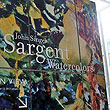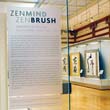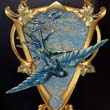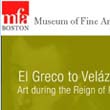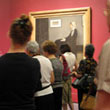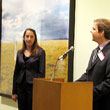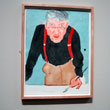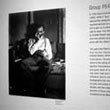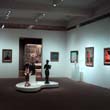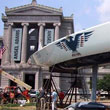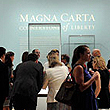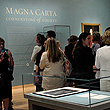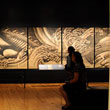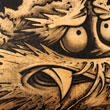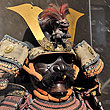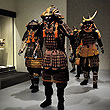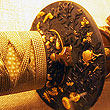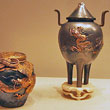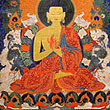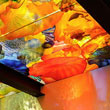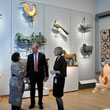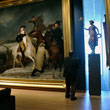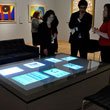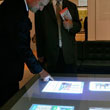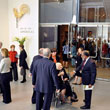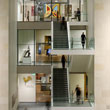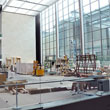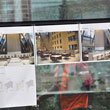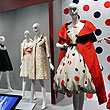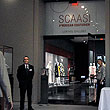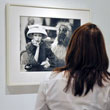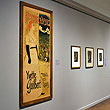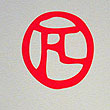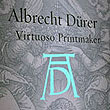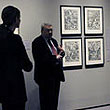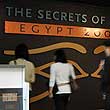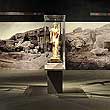We got a very nice preview of MFA's upcoming Goya exhibition on Monday. The last of the Old Masters and the first of the Moderns, Goya is an astute observer of the human condition. The full arc of Goya's creativity is on display in this exhibition, from the elegant full-length portraits of Spanish aristocrats, to caustic drawings of beggars and grotesque witches, to satirical etchings targeting ignorance and superstition.
"This exhibition offers a once-in-a-generation look at one of the greatest, most imaginative artists of all time," said Malcolm Rogers, Ann and Graham Gund Director at the MFA. "Goya: Order and Disorder reflects the Museum's close collaboration with the Prado, and builds on our proud tradition of Goya scholarship."
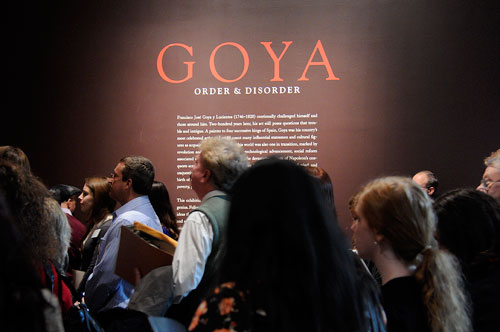

This retrospective features 170 paintings, prints, and drawings from collections around the world, twenty one of them from the Museo Nacional del Prado in Madrid. Others came from Musee du Louvre, the Galleria degli Uffizi, The Metropolitan Museum of Art, the Nation a Gallery of Art and private collections. 66 of the works came from the MFA's collection of Goya's works of paper. Many of these prints and drawings have not been on view in Boston for over a quarter of a century. Rather than the typical chronological arrangement, the works were arranged thematically in eight categories highlighting that which captured Goya's attention and imagination.
"We decided to juxtapose similar subjects or compositions in different media in order to allow visitors to examine how Goya's choice of technique informed and transformed his ideas," said Stephanie Stepanek, Curator of Prints and Drawings at the MFA.
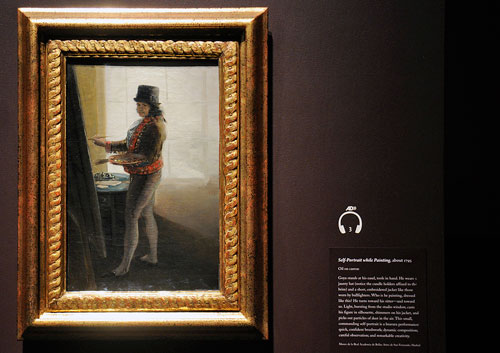
Francisco Goya, a painter to four successive kings of Spain, was born in 1746 in the village of Fuendetodos, Spain, near Zaragoza. The young artist first trained under Jose Luzan Martinez, a respected local painter. He later moved to Madrid, where he assisted Bayeu, who was in turn helping the court painter Anton Raphael Mengs produce decorations for the Royal Palace. To advance his career, Goya embarked in 1769 on a study trip to Italy, basing himself in Rome. Years later, an assignment to reproduce some of Diego Velazquez's famous works showcased his abilities and helped secured his admission as a member in the Royal Academy. Goya became the portraitist of choice for Spain's aristocracy and government offical by the end of the 1780s. In 1786, he was appointed one of several Painters to the King.

During his employment as a court painter, Goya managed to explore an extraordinarily wide range of subjects, genres and formats. This exhibition is an encompassing exploaration of Goya's particular and complex genius.
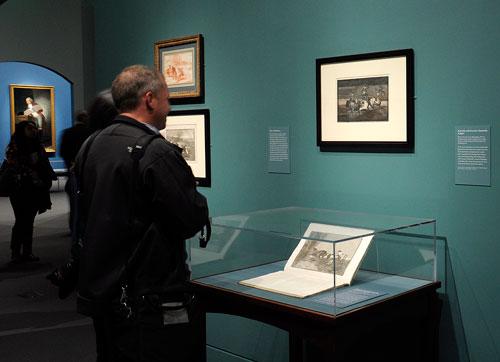
The rooms of the exhibit explored the various themes which Goya returned to again and again--the life cycle and love; games and sport; balance; portraiture; spirituality and dreams; and history.

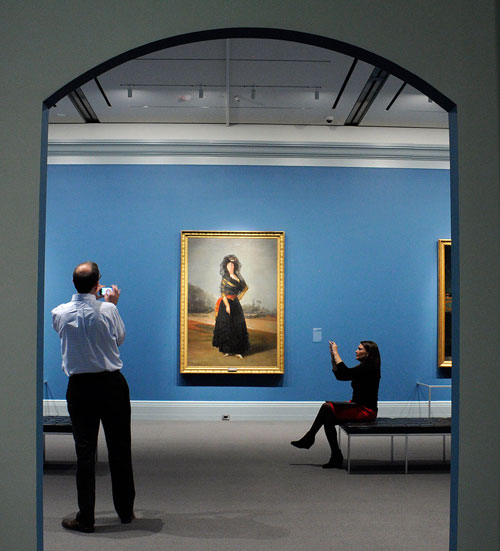
"Just as Goya's imagery is determined by whether he painted, drew or made a print, he also reconsidered certain favored subjects, reviving them from his memory and returning to them again and again during his long career," said Federick Ilchman, Chair, Art of Europe and Mrs, Russell W. Baker Curator of Paintings. "Examining his compositional preoccupations across decades--often in the same room of the exhibition--reveals the continuity of Goya's imagination."
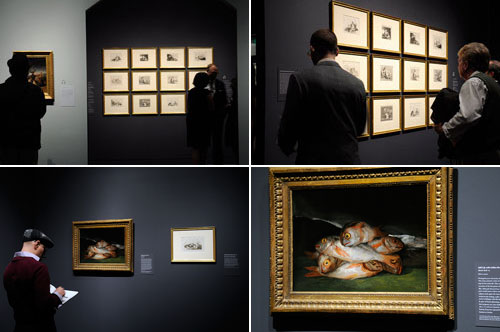
By following themes rather than chronology, curators Stepanek and Ilchman were able to bring together ideas and topics which occupied the artist across time, delving into Goya's creative mind, and examine the subjects which held his attention.

Who was Goya? The final section of the exhibition, Solo Goya, summarizes the characteristics that establish the artist's essential traits and defining qualities. The pieces in this final space were selected as a kind of artist's statement.

The same artist who took on the abuses of war, the problem with power, could also evoke the most sympathetic and poignant moments of human experience, such as the Last Communion of Saint Joseph of Calasanz (1819, Collection of the Padres Escolapios)--which comes to the US for the first time in this exhibition.
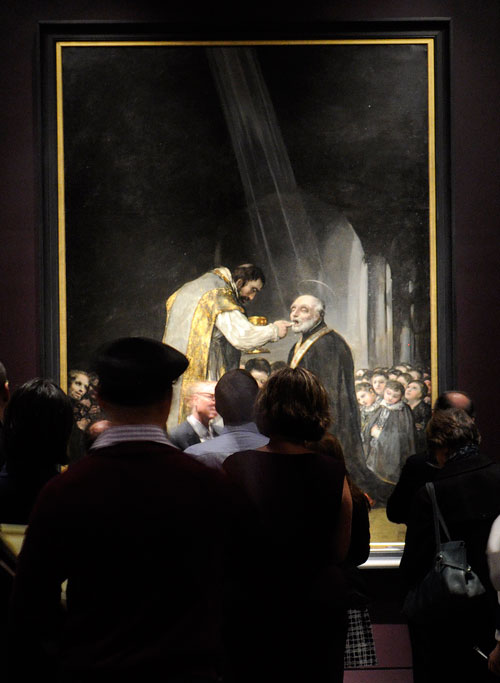
This exhibit, the largest in America in 25 years, opens on October 12th and will run until January 19th. It is a rare opportunity to examine Goya's powers of observation and invention across the full range of his work. We didn't know much about Goya, but after previewing this exhibit, we are eager to go back a few more times and look at his work in more detail! [Permalink] -MFA: Goya
NOTE: MFA members will be able to see it starting on October 7th.
|

